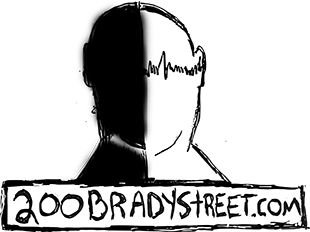If enforcement generates billions, the public deserves the receipts.
Cities say traffic cameras are about safety. But in jurisdictions like New York, Toronto, and Chicago, automated enforcement generates tens, sometimes hundreds of millions of dollars every year. And yet, most cities provide no public audit trail. Where does the money go? Who decides how much enforcement is enough? And why does the logic behind it stay hidden, even from the people paying the fines? This page doesn’t assume corruption. But it does question why a multi-billion dollar system built on public penalties comes with so little public oversight.
What the revenue shows and what no one’s required to report
Red light and speed cameras are often justified by safety studies. But in practice, these systems generate massive revenue, with almost no public documentation about how that money is used, who benefits, or what happens when the fines pile up.
In New York City alone, automated enforcement generated over $1 billion in ticket revenue in FY24. Toronto issued over $70 million in speed camera fines. Yet in both cases, there’s no public ledger tracking how those dollars were spent, or whether the volume of fines factored into future placement or contract renewal.
That lack of visibility isn’t an oversight. It’s the system. Cities report on camera purchases, not what those cameras produce in fines, nor what those fines fund. Vendors aren’t required to disclose contract terms. And in some jurisdictions, vendors are paid per ticket issued, creating a direct link between fine volume and profit.
What 200 Brady Street Surfaces
This platform doesn’t assume every ticket is unjustified. It assumes every public system should be accountable. That’s why:
- The Enforcement Economy exposes the difference between what cities spend and what they collect
- Milestone 1 makes individual tickets visible, searchable, and redactable, with no paywall or platform bias
- Governance protections ensure that no partner, funder, or enforcement agency can access contributor data or override visibility defaults
- Revenue Model explains how this platform sustains itself without monetizing enforcement or attention
This isn’t an anti enforcement platform. It’s a visibility system for a process that’s been financially opaque for too long.
We don’t question enforcement because it generates revenue.
We question why the public can’t see how much, from where, and to what end. That’s not skepticism. That’s structural accountability, and that’s what 200 Brady Street exists to provide.
Explore the real enforcement economy, or see how ticket transparency begins with Milestone 1.
Have a question about how fines flow or how the system is tracked? Email us at invest@200bradystreet.com.
